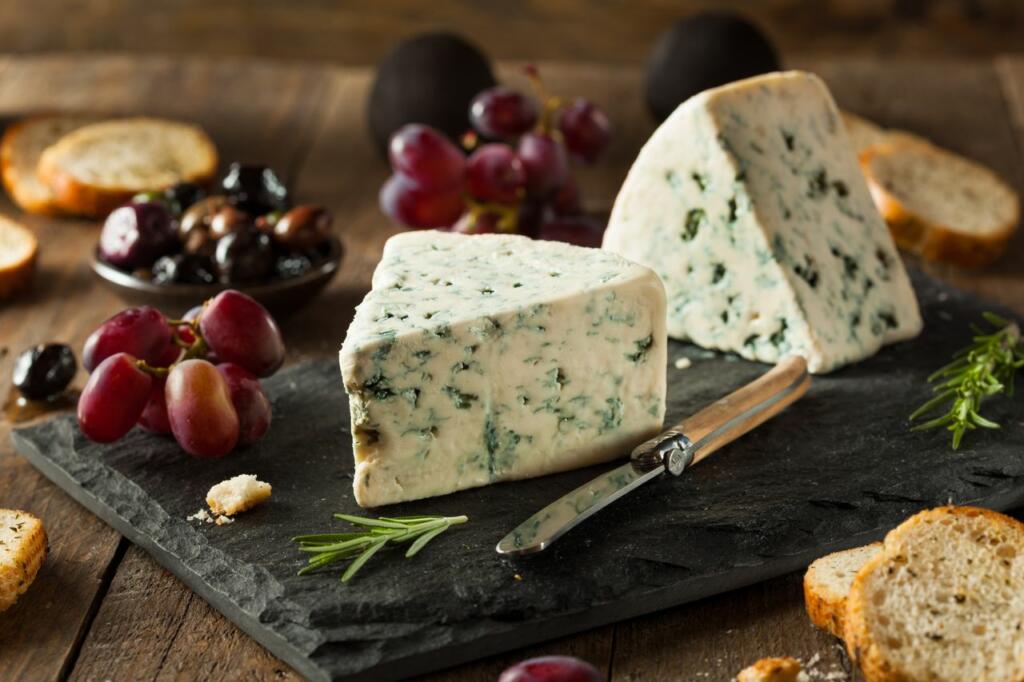Answer of the question:
Welcome to the blog, if you are searching the answer of the question Roquefort cheese is ripened by what? Then you are at right place. In this article we are going to give you the answer of very same question with detailed explanation here. Thank you for reading the article.
Roquefort cheese is ripened by _____?
Roquefort cheese is a type of blue cheese that is ripened by a specific type of mold called Penicillium roqueforti. This mold is added to the milk before the cheese is made, and it grows and spreads throughout the cheese as it ages. The cheese is then aged in special caves where the mold can continue to grow and develop its unique flavor and texture. The caves are located in the Roquefort region of France, which gives the cheese its name.
Also Read: The life hack that can cure Diabetes Type 2
Roquefort cheese is ripened by – Detailed Explanation
The process of making Roquefort cheese is a centuries-old tradition that has been passed down through generations of cheese makers. The milk used to make the cheese is typically from Lacaune sheep, which are raised in the Roquefort region. The milk is then mixed with the Penicillium roqueforti mold and allowed to curdle. The curds are then pressed and shaped into wheels, and the wheels are then placed in the caves to age for several months.
During the aging process, the cheese is turned and brushed regularly to encourage the growth of the mold and to prevent the formation of a rind. As the cheese ages, it develops a distinct, tangy flavor and a crumbly texture. The blue veins that run through the cheese are the result of the mold, which has spread throughout the cheese as it ages.
Roquefort cheese is a protected designation of origin (PDO) product, which means that only cheese made in the Roquefort region using traditional methods can be called Roquefort. It is one of the most well-known and respected blue cheeses in the world, and it is often used in salads, sandwiches, and as a topping for pasta dishes.
Also Read: Frivolous rebukes meaning and Three examples
